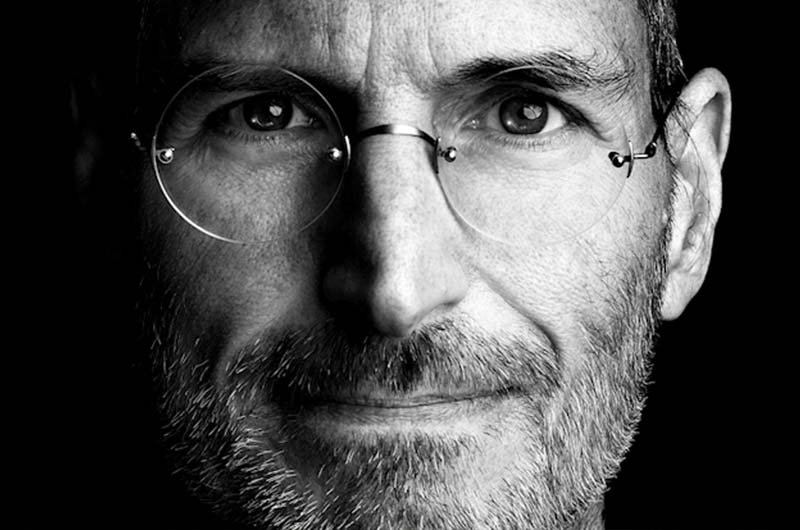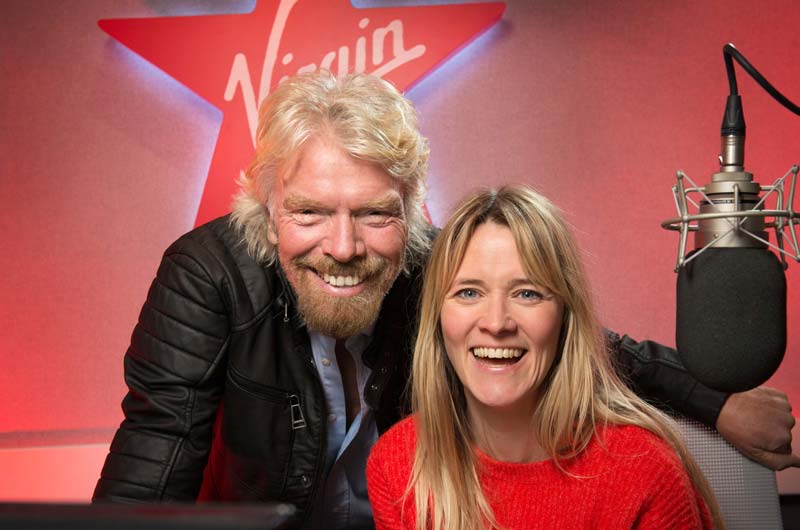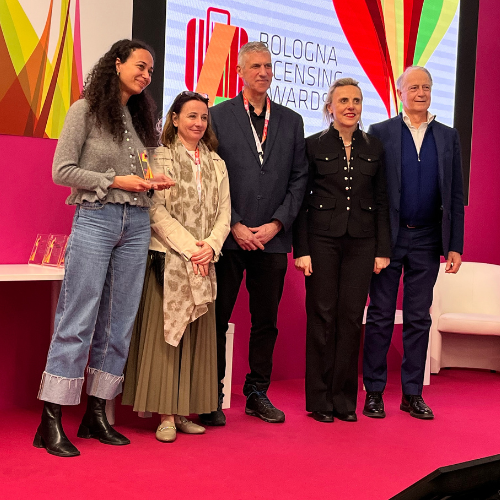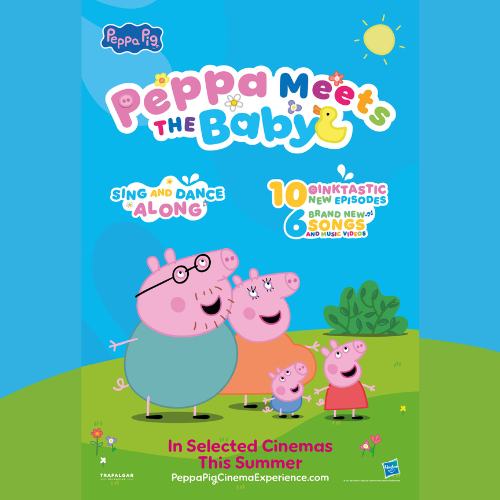Golden Goose’s Adam Bass talks us through the three key elements you need to be aware of.
The appeal of the ‘new’ seems to be hard-wired into our brains like a siren’s song. However, the past 14 years have taught me that that there’s no magic New Product Development process that guarantees success. In fact, NPD is more of a collaborative art, like free form jazz, with multiple players and multiple agendas.
Staking out the stakeholders
There are three key elements of each innovation: The product, its identity and how it is distributed. Each of these key elements has its own spokesman with separate agendas. Here is your NPD cast list:
Product: The Engineer – A seasoned professional with the factory manager on speed dial, this person will tell you the production parameters and the costs for each product tweak. Their secret agenda is to minimise set up and tooling costs, and to time production so that it comes as close as possible to delivery into store.
Identity: The Guardian – Always ready to bask in the glory if the product is a success, they are equally terrified of failure. Ultimately the go/no-go decision is the brand team’s because they’re the ones who carry the can.
Distribution: The Salesman – Because they’re responsible for delivering revenue long after the shiny newness has worn off, the salesman usually wins the prize for the most cynical facial expression during meetings. Their secret agenda is to ensure the product is easy to sell, so they’ll look to push down on price and increase marketing spend. If they’ve done their job properly, at least one retailer will be ready and waiting and the salesman will be antsy to get the product finished because…
Distribution is king
It was 9.00am and the tasting team consisted of five people: Two representatives of a licensee at a leading food manufacturer, my client from the UK’s biggest fish and chip shop brand and me. Together we spent a miserable two hours mulling over mushy pea variations. Naively I asked the attending director of marketing: “shouldn’t there be a consumer panel helping us choose the best flavour?” He smiled at me with a mixture of pea-induced-nausea and salesman-inspired-wisdom and explained “Get enough distribution and, if 50% of people like the product, then you’re fine.” Over time, these words have come back to me almost as often as the aftertaste of the mushy peas.
Give me a warehouse full of fantastic, innovative product branded with the most recognisable logo on the planet and, without a distribution channel, all I have is an expensively full warehouse.

Make NO your goal
A successful new product needs to know where it’s trying to sit on a triangle with three points representing Price, Quality and Volume.
When we launched beautifully packaged scones with one of the UK’s leading tea brands, the shelves of all the major retailers delivered encouraging sales. Unfortunately, though, consumers lost interest because our Engineer could not put enough innovation into the product. Like our sales, the tea flavouring we had originally tried to put into the scone only left an astringent ‘dried up’ aftertaste.
Due to the closing window of opportunity the ‘go’ button was pressed but, as we learnt, success is about sell-through as much as sell-in.
By contrast, the Waitrose collaboration with Heston Blumenthal has achieved sustained success because he is an Engineer with a brand that commands enough of a premium to allow for his inspired innovations.
It was the Men’s Health Guardians that stubbornly pushed for their branded beef jerky to be the lowest salt and lowest sugar, best tasting product available on the market. This immovable determination to say ‘no’ eventually led to a creative solution and a product that launched with a very clear discernible benefit.
The Guardian’s job is to say ‘NO’ and not budge. Steve Jobs’ legendary unwillingness to compromise became known as his ‘Reality Distortion Field’. He refused to believe something was impossible until someone figured out how to do it. While this can lead to standout results, it can also, of course lead to lost sales as competitors make compromises to get to market.

Ask the buyer
The relationships between the Salesman, Guardian and Engineer can quickly fall apart if the tension between them mounts too high. It’s at this point that independent research proves its worth. If the Guardian wants black and the Salesman wants white, then the consumer needs to be asked the question if you want to avoid a grey product.
While research is a valuable tool, however, it can be misleading. Red Bull was described as ‘medicinal’ in taste tests, but it was in a category that didn’t exist so consumers had nothing to compare it to.
Research has a place as a tool to identify market opportunity and to provide parameters, but the ultimate decision maker should be the person who has understood how the target distribution channel frames the positioning on the Price/Quality/Volume triangle.

NPD out of control
Without a clear set of brand values and a strong moral compass NPD can take a brand into places that lose it credibility.
NPD needs to be framed by what’s best for the brand because anything that weakens the brand won’t just limit the success of this NPD, but all future NPD too.
From my experience, consumers will accept brand failure – Richard Branson has virtually made a career out of it having failed in vodka, PCs, radio, cola and umpteen other ventures, but consumers love him for his sense of adventure. The biggest risk is success in the wrong market, selling large volume to the wrong people and setting the wrong expectations about your next innovation.
A classic paper by John Gourville, professor of marketing at Harvard Business School, explains that “many innovations fail because consumers irrationally overvalue the old while companies irrationally overvalue the new”. Gourville claims that for new entrants to stand a chance they can’t just be better, they must be NINE times better.
In order to deliver that magic multiple, the Engineer, Guardian and Salesman all have to be aligned in the interests of the only person who will really make or break the product, the Consumer. A truly innovative product, aligned with the brand, well marketed and sold into the appropriate retail channels is as close as it gets to perfect NPD, if you can’t deliver on this then maybe it’s better to hold your fire rather than be a slave to the new.
This feature originally appeared in the autumn edition of Licensing Source Book. Click here to read the full publication.

































